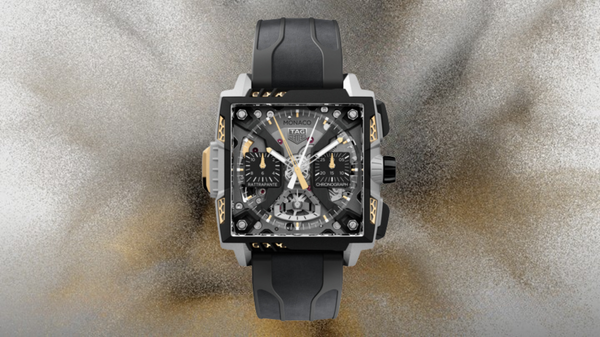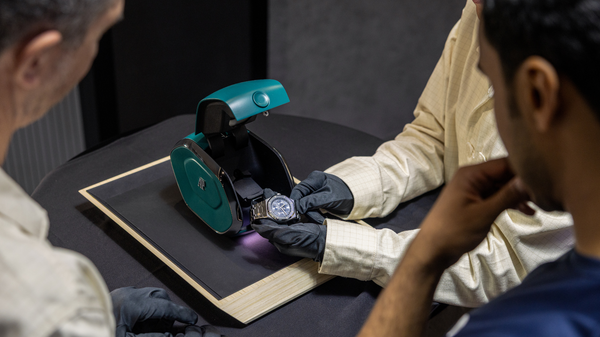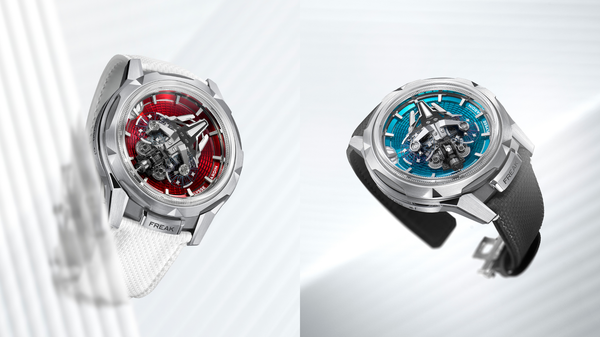How Watches Have Been to Space, the Deep Sea and the Top of Everest
From the Moon to the Mariana Trench to Everest, these legendary watches became partners in humanity’s greatest adventures.
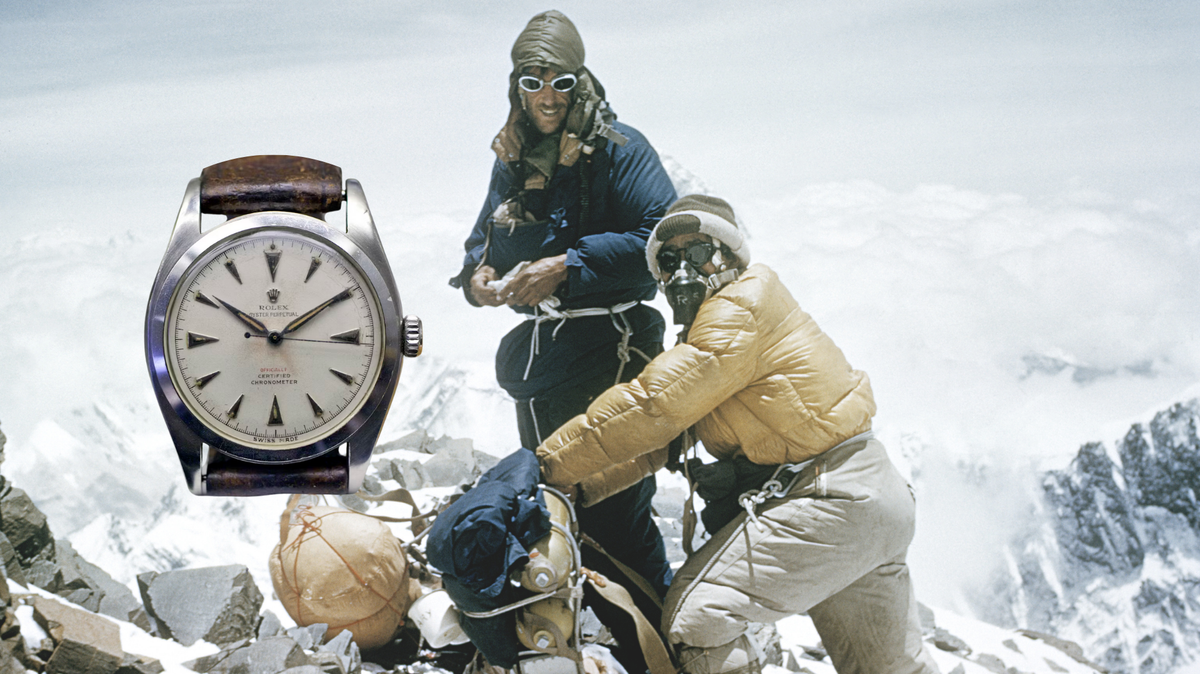
The history of exploration is written in seconds and decisions. On the wrist of an astronaut, a diver, or a mountaineer, a reliable watch becomes a witness and a partner. It survives the void, the trench and the summit, and returns with a reputation forged in reality.
Timepieces Among the Stars
No watch has earned its place in space history quite like the Omega Speedmaster Professional. In 1965, after a punishing series of NASA tests, exposure to vacuum, violent temperature swings, G-forces, and shocks, the Speedmaster was declared flight-qualified for all manned space missions.
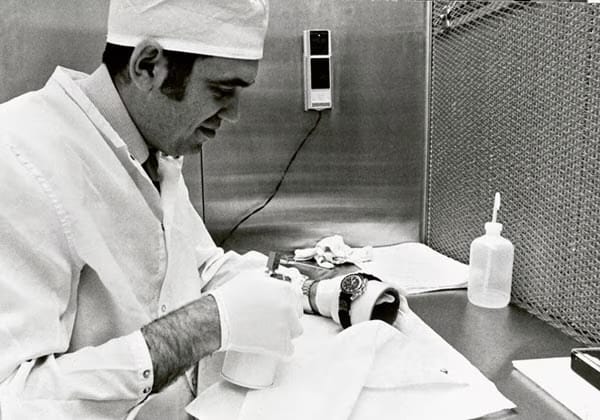
It became a companion on the wrists of Gemini and Apollo astronauts, including the crew of Apollo 11. When Buzz Aldrin stepped onto the lunar surface in July 1969, his Speedmaster became the first watch worn on the Moon.
Neil Armstrong had left his own in the Lunar Module to replace a broken mission timer, a decision that underscored the watch’s crucial role.
The Speedmaster’s legacy grew even stronger during Apollo 13, when astronaut Jack Swigert used his to time the critical engine burns that guided the crippled spacecraft safely home.
To this day, Speedmasters are still part of the astronaut’s kit, cementing their status as one of the most storied watches ever made.
Other names have found their way into orbit; cosmonauts wore Soviet Strela chronographs in the early years of spaceflight, and modern astronauts have been known to use Sinn and Fortis chronographs aboard the International Space Station. Yet none rival the Speedmaster’s lunar pedigree.
Descent Into the Abyss
The ocean presents a challenge every bit as extreme as outer space. In January 1960, Jacques Piccard and Lieutenant Don Walsh descended to nearly 11,000 metres in the bathyscaphe Trieste, reaching the Challenger Deep of the Mariana Trench.
Strapped to the exterior was the experimental Rolex Deep Sea Special. When the submersible resurfaced, the watch was running flawlessly despite enduring more than a thousand times the pressure at sea level.
Credit: Rolex
Rolex has continued to build on this legacy, producing the Sea-Dweller in 1967 with a helium escape valve developed alongside COMEX for saturation divers.
In 2012, filmmaker and explorer James Cameron piloted the Deepsea Challenger to a record-setting solo dive. Bolted to the submersible’s arm was the specially engineered Rolex Deepsea Challenge.
It returned unscathed from 10,908 metres. A production version of this watch, made from RLX titanium and water-resistant to 11,000 metres, was released in 2022 for collectors who appreciate engineering without compromise.
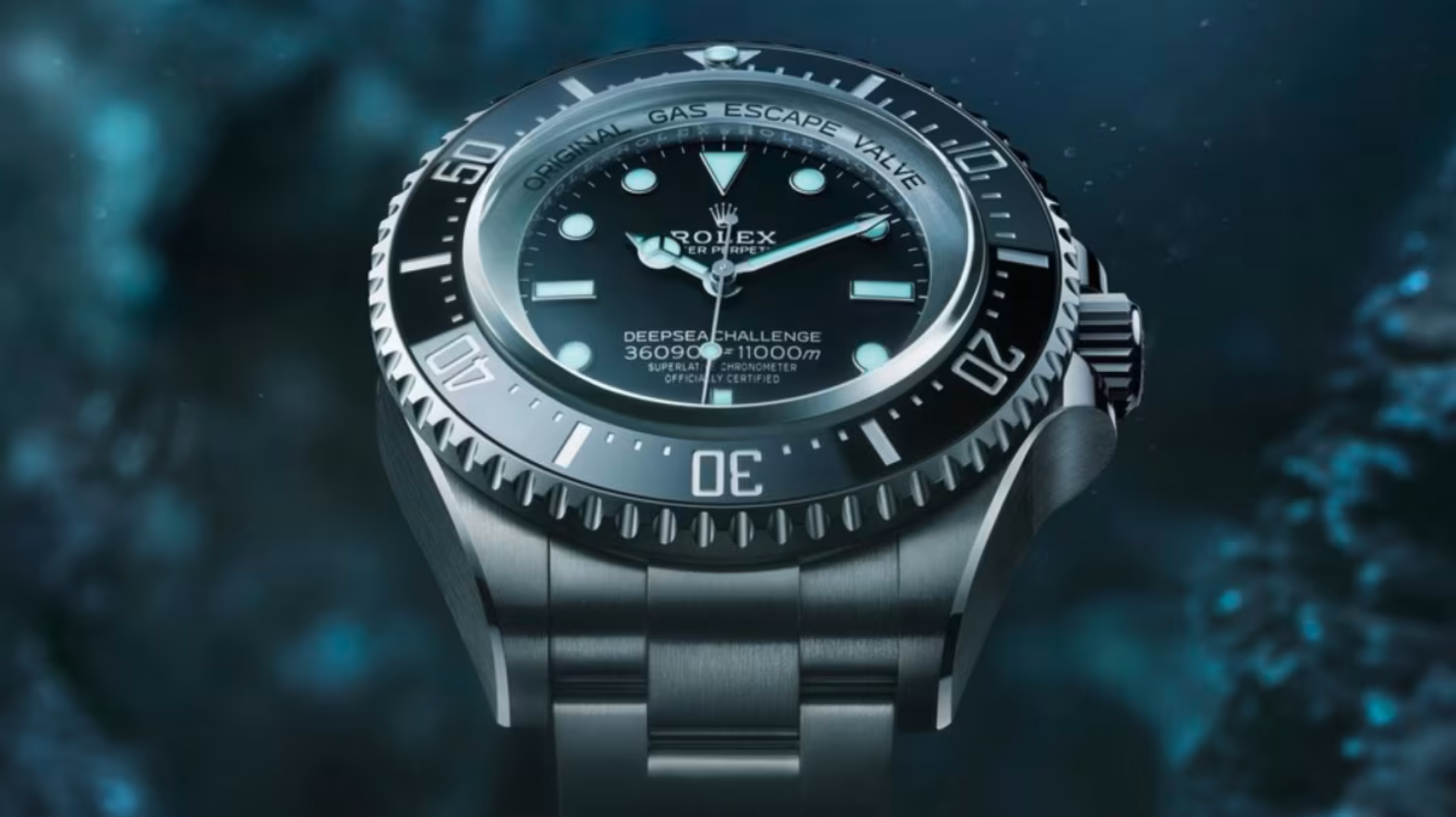
Blancpain also deserves its place in history. Its Fifty Fathoms, introduced in 1953, became standard equipment for the French Navy’s combat swimmers and set the template for the modern dive watch with a rotating timing bezel and strong luminous dial.
Omega’s Seamaster Ploprof of the 1970s, designed for professional divers working in extreme saturation environments, was a no-compromise solution with a monobloc case and distinctive bezel lock.
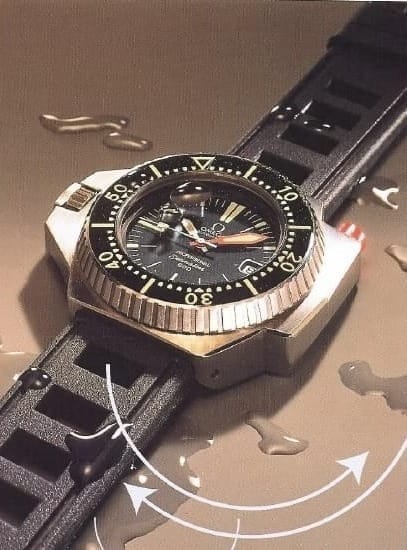
These watches were not designed for aesthetics alone but for survival under the most unforgiving conditions on Earth.
On Top of the World
In May 1953, Sir Edmund Hillary and Tenzing Norgay became the first to reach the summit of Mount Everest. On Hillary’s wrist was a Rolex Oyster Perpetual, which kept reliable time despite the cold and the lack of oxygen.
The success of the expedition paved the way for the introduction of the Rolex Explorer, a watch designed with lessons learned on the mountain and built for explorers in any environment.
The Explorer’s clean dial, luminous markers, and rugged Oyster case became an enduring template for legibility and resilience.
Credit: Rolex
Later expeditions would take Explorers to the poles and across uncharted terrain, each adding to the model’s reputation as the quintessential field watch.
Other brands have left their mark on mountaineering as well. Seiko’s Alpinist line was created specifically for Japanese climbers in the 1960s, while professional mountaineers have trusted rugged pieces from Heuer, Junghans, and Sinn on high-altitude expeditions.
These watches were never just accessories; they were mission-critical tools.
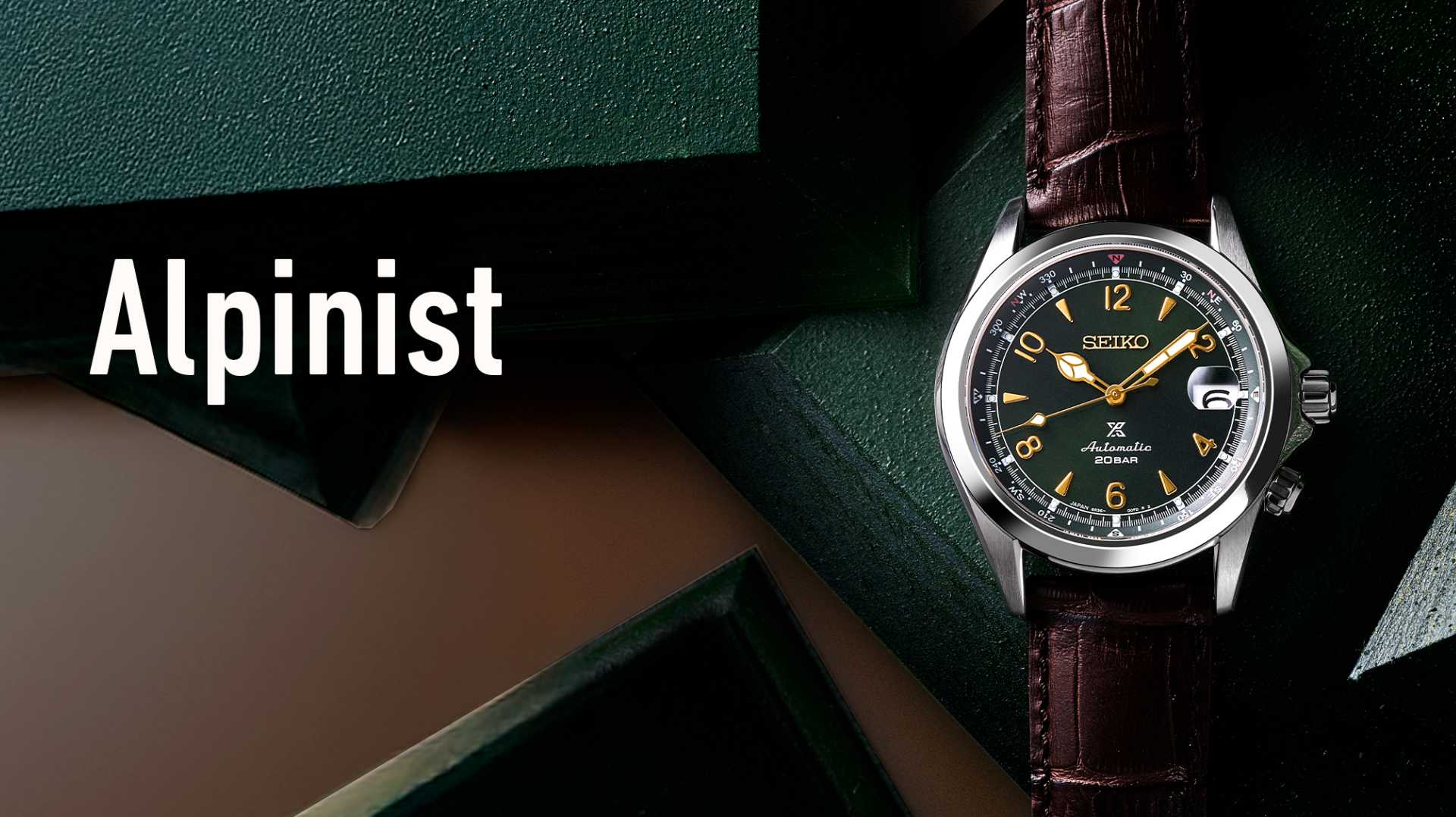
Why These Watches Matter
For collectors, these watches are more than timekeepers. They are mechanical witnesses to humankind’s most daring achievements.
A Speedmaster carries the Apollo era on the wrist. A Sea-Dweller or Deepsea Challenge reflects the drive to conquer the deepest seas. An Explorer or Alpinist recalls the triumph of reaching the highest peaks.
Their value lies as much in their stories as in their engineering. Provenance pieces set auction records, and modern reissues often sell out immediately.
Owning one is to join the tradition of astronauts, divers and climbers who relied on them when precision meant survival. They are symbols of ingenuity and resilience, proof that timekeeping has always travelled wherever ambition dares to go.

